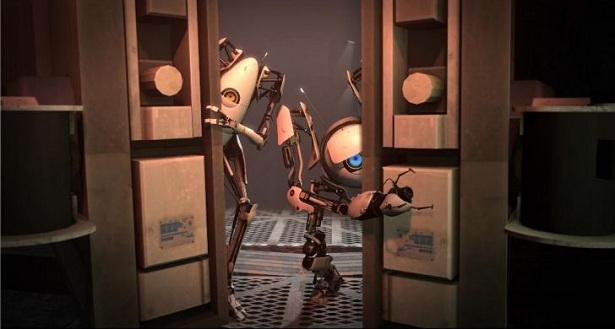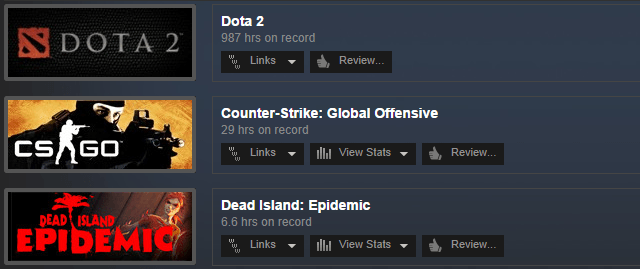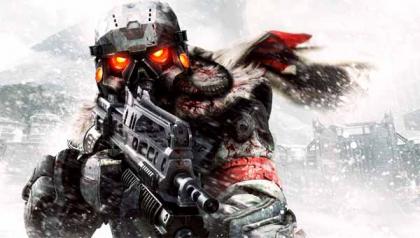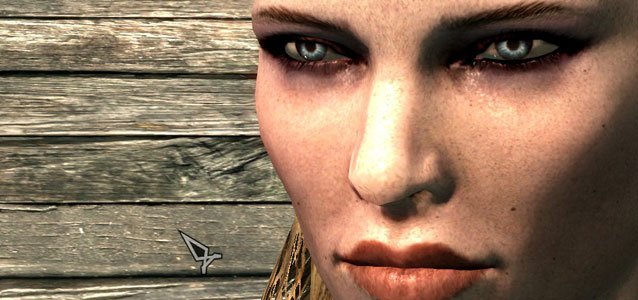

It’s not even remotely difficult to imagine how the idea for PowerUp Forever came about. Somebody played the hypnotic, 2D game flOw (try the demo here and buy it on PSN) and said, “Hey! Wouldn’t this be fun if your onscreen avatar had a gun?”
Both games have wide-open environments, an abstract “under the microscope” art sensibility, and an organic ambient feel, though PowerUp Forever has kickier music and pacing. Even flOw’s constantly growing player character reappears: As you defeat bosses, your ship absorbs new powers and evolves in size, drawing the attention of ever-larger enemies.
Despite these similarities, PowerUp Forever feels very different from flOw – that’s what adding a laser that blasts away in whatever direction the right stick is pointing will do for you. Granted, it’s been done before in a dozen other games (as have your other weapons: the smart bomb, laser and a bigger gun with exploding shells) but it works.
What doesn’t always work is the game’s pacing; PowerUp Forever just can’t seem to decide whether it wants to be a trance-y, relaxing chill-out game or a throbbing, balls-to-the-wall nerves-shredder. Initially, it seems leisurely; the vast levels keep you from getting hemmed in, your health regenerates over time, and because each boss won’t show up until you’ve killed a certain number of a certain kind of enemy, so you can literally decide when to fight them.
But then the game starts rushing you. Your score is multiplied if you kill bosses in quick succession. In fact, if you dawdle too much between boss kills, the game will spawn swarms of a new enemy whose function, behavior, and annoyance level is directly cloned from the baiters in Defender. They’ll harass you relentlessly until either you or the boss is dead.
PowerUp Forever has a gorgeous look, and if it copies too heavily from other games, it combines the borrowed bits in a truly unique way. It’s more artistic than most games, but it’s also strictly a solo experience. There are a ton of other twin-stick shooters that are just a little deeper and better balanced, and many of them offer multiplayer support.
Jan 8, 2009




 Killzone 3 Multiplayer (Free to Play) Trophies
Killzone 3 Multiplayer (Free to Play) Trophies The 8 Best Devices for Streaming Movies to Your TV
The 8 Best Devices for Streaming Movies to Your TV How to Earn Easy and Fast Copper and Bottlecaps in Fallout 4 Guide
How to Earn Easy and Fast Copper and Bottlecaps in Fallout 4 Guide Top 5 Visual Mods for Skyrim
Top 5 Visual Mods for Skyrim Human Traffic Buyer Briefcases Locations
Human Traffic Buyer Briefcases Locations